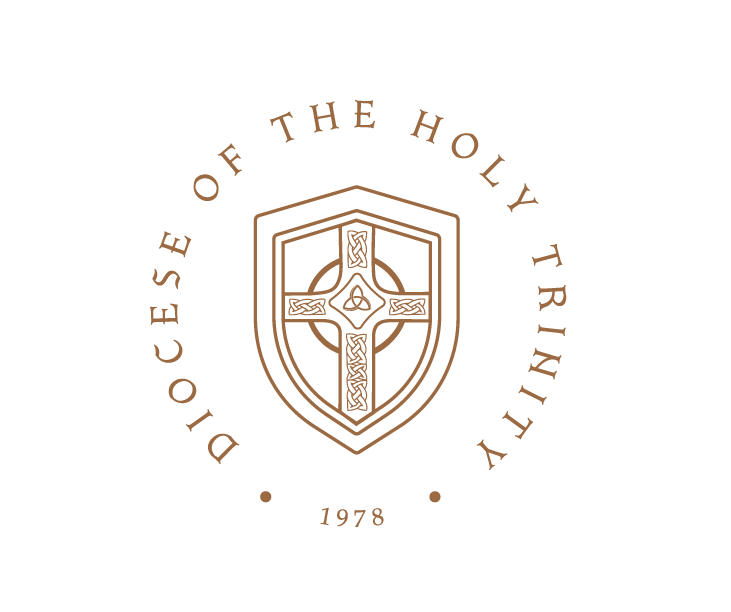On Liturgy: Translation and Revision
In previous posts in this series, I have addressed changes to the Anglican liturgy that have taken place in the last fifty plus years. These changes have been two-fold. First, revising the liturgy to make it more palatable to modern theology and sentiment. Second, developing liturgical options that suit different tastes.
There is a distinction between revision and translation. To translate is to render a word or concept in another language or idiom with the intention of retaining the same meaning. To revise is to change the meaning. These two issues were often confused in liturgical revision. It was argued that older words needed to be translated into modern language so people could understand them. However, this was merely cover for revision—a change in meaning.
One issue of translation was to translate the older English “thee” and “thou” into the more contemporary “you” and “your.” There is nothing theological wrong with using modern rather than older English pronouns. If this had been the principal change in Anglican liturgy in the 1970’s there would be no Continuing Church.
However, this raises the related issues of beauty, poetry, and cadence. The translation of medieval Latin into English at the Reformation occurred at a high point of the English language. The translation of traditional English into contemporary English has occurred at a lower point. Beauty, poetry, and cadence are valuable aspects of liturgy. These have often been lost in translation. This relates to the idea that liturgy should be readily understood by everyone. Liturgical language has always been different from everyday language. People always had to learn it. To the objection, “People don’t talk using traditional language anymore,” the answer would be, “They don’t talk in words that sound anything like contemporary liturgy either.”
The liturgy is something that is learned and over time and “taken to heart.” Liturgical knowing is not merely rational. The poetic and rhythmic beauty of the words aid this process of coming to know. The songs that we take to heart over time also have this quality. We remember songs with words that are poetic, beautiful, and meaningful, but other songs have a vapid and banal quality that we would just as soon forget. It may take time to memorize a beautiful poem or sonnet, but once you do it will stay with you for life.
There are other issues of translation. Sometimes an ancient theological word has no modern equivalent. The attempt to translate it, therefore, has theological implications. This is the subject for another discussion. However, one point can be made. In a world that does not think in categories connected to the biblical worldview, the modern equivalent usually is not.
There are liturgical issues in the other direction as well. Some people view liturgy as a sort of magical incantation. For them, “the faith” is centered on a liturgical fundamentalism that consists of saying the right words in their old form in just the right way. Less attention is paid to the experience of union with God in Christ through the Spirit, and to the fruits of that experience manifested in communal love. Communal love is a valid test of a church’s liturgical life. In Revelation 2, the risen and ascended Christ commended the Ephesian Church for its opposition to error and commitment to the true faith, but said, “Nevertheless, I have this against you, that you have left your first love” (Rev. 2:4). Unless it repented for its loss of love, Jesus said that this persevering church would cease to be.
The contention that the liturgy had to be revised for the sake of effective contemporary mission has not been proven by the experience. Western Anglican churches have hemorrhaged people at the very time they were updating the liturgy to attract them. The hemorrhaging was occasioned by an epidemic loss of faith by church leaders from the nineteenth through the mid-twentieth centuries. This was the real reason for liturgical revision. Many leaders no longer believed the faith in its received form. These leaders needed to change the liturgy to accommodate their loss of faith.
Liturgy was never intended for evangelization. It was always for the instructed and committed. In the early church the uninitiated were not even allowed to stay in church past the Liturgy of the Word. The liturgical exhortation was, “Let all catechumens depart. Let no catechumens remain.” This approach was part of the mission program that grew the church, in Rodney Starks’ estimate, from around 7,500 people in the late first century to around 6,000,0000 in the early fourth century—before Constantine was converted (The Rise of Christianity, 6-7). This is a far cry from the modern marketing approach— “Come see our exciting, inclusive, accessible worship”—that has accompanied a general decline in faith and faithfulness.
There is an issue of liturgical translation that falls into a slightly different category. Namely, the translation of the Bible. Whereas the prayers of the liturgy are fixed and often repeated, Bible readings vary and are engaged differently. We “enter into” the experience of the liturgy in general, but we pay special attention to the words of Scripture; we “read, mark, learn, and inwardly digest them” (Advent 2 Collect, BCP 92). This requires that we be able to hear them and understand them as they are read—with help from preachers and teachers. This will be the topic of my next post.

